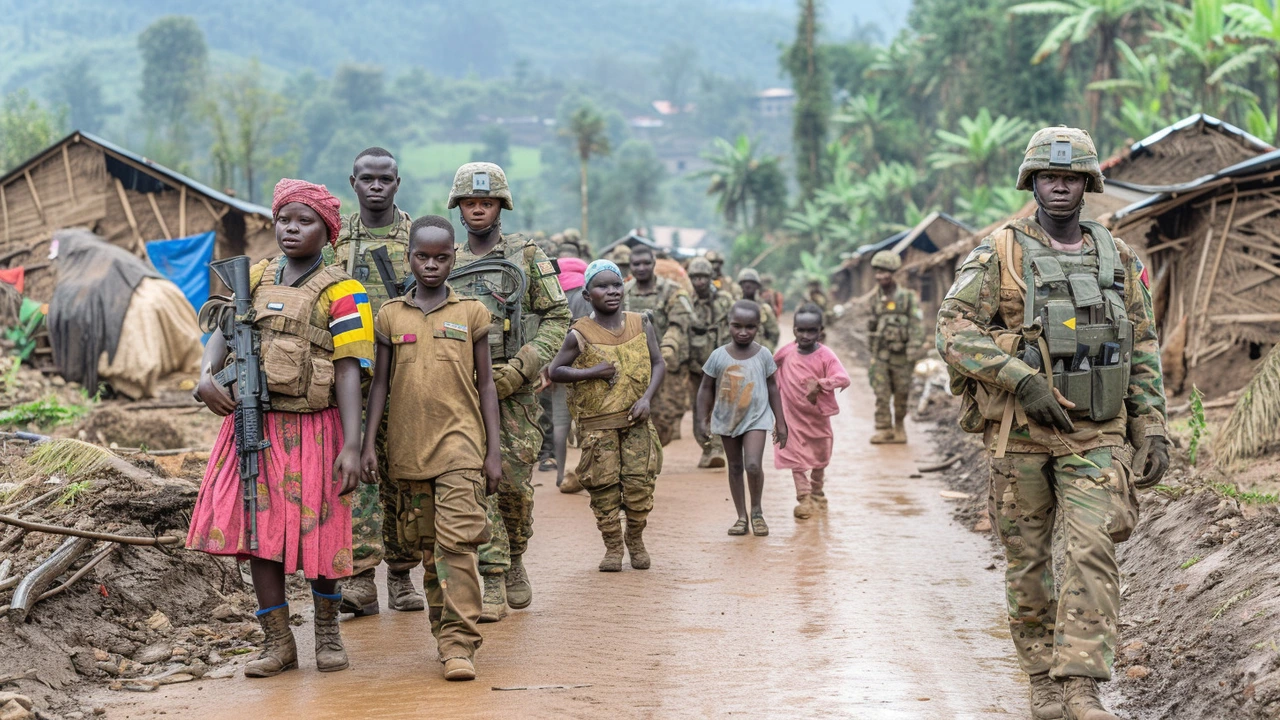Did you know the first UN peace operation started in 1948 and had no weapons? That odd beginning set a pattern: peacekeeping began as neutral observation, then stretched into protection, rebuilding, and messy politics. If you want to understand today’s missions, start with the history—it's where the rules, mistakes, and smart fixes live.
1948: UNTSO sent unarmed military observers to monitor ceasefires in the Middle East. It showed that neutral presence could reduce violence.
1956: UNEF in Suez was the first large-scale, consent-based force. It proved multinational troops could manage complex crises when parties agreed.
1990s: Missions in Bosnia and Rwanda exposed limits. In Bosnia, peacekeepers often faced heavy combat and unclear mandates. Rwanda showed tragic failure—without strong mandates or political will, atrocities can happen despite international presence.
2000s–today: Mandates grew tougher. Protecting civilians became central. Missions now mix soldiers, police, and civilians handling elections, justice, and rebuilding. Technology—drones, satellite imagery, secure comms—also reshaped how missions operate.
Consent, impartiality, and non-use of force except in self-defense were early rules. Those rules protect legitimacy but can limit action when local actors block progress. Today’s missions balance consent with stronger mandates to protect civilians—this is a tricky middle ground.
Clear mandates and realistic resources matter. History shows many failures came from vague goals or too few troops. If you give a mission a huge job—disarmament, policing, rebuilding—you must fund and staff it accordingly.
Local partnerships win. Peacekeeping isn’t just international actors telling locals what to do. Successful missions build local trust, support local institutions, and leave behind people who can keep peace after the mission ends.
So how does this help you? If you follow news about missions, knowing history lets you spot repeating problems: unclear goals, political pressure, or underfunding. It also helps you judge new ideas—like using tech or private contractors—through a practical lens.
Want to learn more? Read mission case studies—Suez, UNPROFOR (Bosnia), MONUSCO (DRC)—and compare what worked and what didn’t. Pay attention to mandate language and troop contributions; those two details often predict outcomes.
History doesn’t give easy answers, but it points the way. When leaders, donors, and the public learn from past missions, peacekeeping becomes smarter, faster, and more lifesaving. Keep asking: who sets the mandate, who pays for it, and who’s on the ground? Those questions shaped the past—and they’ll shape the next chapter of peacekeeping history.

Hey folks, here's a little sneak peek at what's brewing on my blog. I'm super excited to dive into the riveting journey of peacekeeping through the years, unpacking how these missions have shaped the way we handle global conflicts today. From the humble beginnings with just observers to the complex operations now, it's a story of evolution, adapting to the changing face of warfare and international relations. I'll be sharing eye-opening insights and little-known facts that will give us all a fresh perspective on the role of these missions in creating a safer world. So, stay tuned; it's going to be a captivating walk through history!
